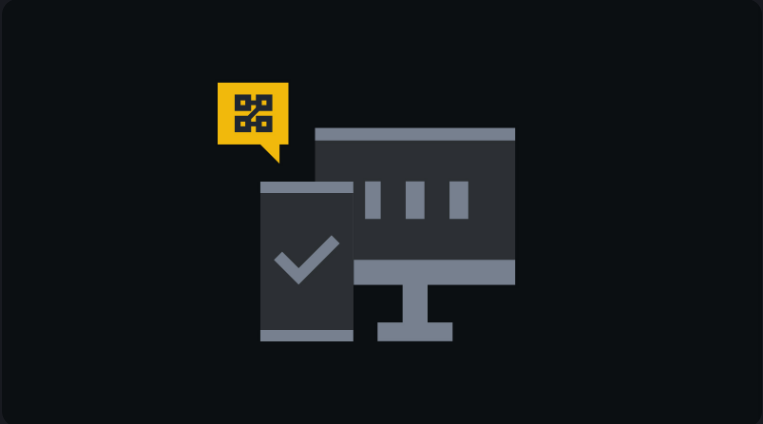
Key Points
An app-specific blockchain is a blockchain designed to meet the needs of a single application.
App-specific blockchains can improve scalability through dedicated resource allocation and offer greater flexibility through a modular architecture.
Some examples of app-specific blockchains include Polkadot parachains, Avalanche subnets, and Cosmos zones.
Introduction
An app-specific blockchain is a blockchain designed to meet the needs of a single application. This article will explore what an app-specific blockchain is, discuss its advantages, compare it to Layer 1 blockchains, and provide examples of app-specific blockchains.
What is an App-Specific Blockchain?
An app-specific blockchain is a specialized blockchain designed for a specific function. Unlike general-purpose blockchains that host multiple apps, app-specific blockchains focus on a single app. This allows them to meet the specific needs of that app in terms of transaction processing, fees, smart contract functionality, and other factors.
How Do App-Specific Blockchains Work?
App-specific blockchains operate based on the fundamental principles of blockchain technology but are tailored to the needs of individual apps. Each app-specific blockchain dedicates its resources to specific tasks, ensuring they are not used for unrelated apps.
App-specific blockchains can employ various consensus mechanisms, such as Proof of Work (PoW) or Proof of Stake (PoS), whichever best suits the single app. For example, a blockchain designed for a financial app might choose a different consensus mechanism than one designed for a supply chain management app.
Additionally, smart contracts on app-specific blockchains can be customized to meet the needs of the single application. This enables more complex contract logic, improving the functionality and efficiency of the individual app.
Generally, a mature app-specific blockchain architecture consists of the following five layers:
-
Network Layer: This layer manages peer-to-peer network functionality, enabling nodes in the blockchain to communicate, exchange data, and participate in transaction validation.
-
Application Layer: This layer hosts the applications running on the blockchain. It provides interfaces for developers to build, deploy, and monitor decentralized applications (DApps).
-
Data Layer: The data layer organizes and stores blockchain information, including maintaining the blockchain state, recording transaction details, and handling smart contract data.
-
Consensus Layer: This layer implements the consensus algorithm of the app-specific blockchain. It can use various consensus algorithms, such as PoW or PoS.
-
Smart Contract Layer: This layer facilitates the automation, verification, and execution of smart contracts.
Advantages of App-Specific Blockchains
Scalability
App-specific blockchains allocate resources to specific tasks or functions. This specialization increases transaction throughput and reduces latency for the single app, helping to address the scalability challenges faced by general-purpose blockchains.
Modularity
Unlike general-purpose blockchains, which often adopt a monolithic design, app-specific blockchains typically use a modular architecture. This allows developers to flexibly customize blockchain functionalities based on the specific needs of individual DApps.
Interoperability
App-specific blockchains are designed for interoperability, facilitating communication between different DApps. This enables users of one app to easily benefit from the advantages of another.
Comparison Between App-Specific Blockchains and Layer 1 Blockchains
Architecture
App-specific blockchains can be built on existing networks or operate independently, as their architecture can adapt to different blockchain layers. In contrast, Layer 1 blockchains have a uniform structure with fixed rules that all network participants must follow, limiting their ability to adjust to the specific needs of individual DApps.
Consensus Algorithm
App-specific blockchains can adopt consensus mechanisms best suited for their specific use cases, which may vary depending on the underlying layer they are built on or whether they operate independently. In contrast, Layer 1 blockchains are typically constrained by their inherent consensus models (e.g., PoW or PoS), which may not be as adaptable to specific applications but provide a stable and uniform method for achieving consensus.
Scalability
App-specific blockchains prioritize scalability for individual apps, enabling high transaction throughput and low latency. In contrast, Layer 1 blockchains often face scalability issues because they need to accommodate multiple apps.
Comparison Between App-Specific Blockchains and Sidechains
While both app-specific blockchains and sidechains can communicate with the main chain, sidechains are designed to perform various tasks. Thus, unlike app-specific blockchains, sidechains are multipurpose and not tailored to a single app.
Examples of App-Specific Blockchains
Polkadot Parachains
Polkadot parachains are independent blockchains that run in parallel within the Polkadot ecosystem. They connect to the Polkadot relay chain, benefiting from its security. Parachains are identical to app-specific blockchains and can have their own tokenomics, governance models, and functionalities, allowing them to be tailored to the specific needs of individual apps.
Avalanche Subnets
Avalanche subnets are independent blockchains created within the Avalanche network. They enable the development of app-specific blockchains, with each subnet supported by its own unique set of validators that can reach consensus on the state of a group of blockchains.
Cosmos Zones
Cosmos zones are independent blockchains connected to the Cosmos Hub, functioning as app-specific blockchains within the Cosmos ecosystem. They use the Inter-Blockchain Communication (IBC) protocol to transfer data between networks.
Conclusion
App-specific blockchains are designed to meet the specific needs of individual apps, offering greater scalability and flexibility than general-purpose blockchains. They support customization, allowing developers to choose parameters tailored to their apps. As a result, app-specific blockchains help improve the performance and efficiency of individual apps while reducing the load on general-purpose chains.
















